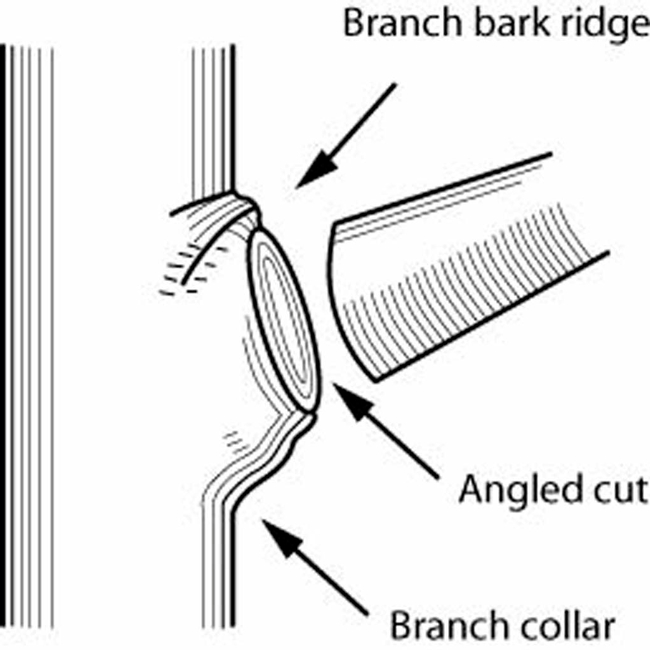Tending Your Trees, Part 1
Trees in the urban landscape contribute an enormous number of benefits to the environment and the well-being and even prosperity of the urban inhabitants in the shadow of their canopies1. They take longer to reach maturity than any other component in the landscape, and should be given special care to make sure they reach the stage where they can contribute these benefits. This care should include proper planting, irrigation, and pruning, especially when they are young. Training young trees to have strong structure can have significant impacts on their health and longevity.
Even though the tops of deciduous trees may still be resting, the roots underground are waiting for warmth to send signals that initiate bud break in spring. Studies have shown that cuts made in spring have the greatest amount of wound healing in the first year, making March an excellent time to prune. The overall structure of the tree is still visible, and cuts should have excellent healing potential. If spring pruning flowering trees, wait until after bloom to avoid cutting flower buds. (Autumn pruning has the slowest healing rate, and should used only for trees whose size you are attempting to control more than usual.)

Healthy, strong landscape trees should be trained to have a single, central leader with side branches arranged radially around the main trunk and spaced 18-24" along the trunk. Favor branches that are less than 50% of the diameter of the main trunk that make a 45-degree or greater angle with the trunk, as these will be the strongest. Remove any branches with very narrow angles of connection to trunk.
If you would like to learn more about how landscape trees and shrubs grow and how to prune successfully, take Module 3 of the Green Gardener Qualification Training, "Plants in the California Landscape", which includes an evening class on Trees & Shrubs: Growth, Planting and Pruning", with a half-day Saturday pruning workshop. (Direct registration link here.)
1. Benefits of Urban Trees, 2018. FAO. http://www.fao.org/resources/infographics/infographics-details/en/c/411348/